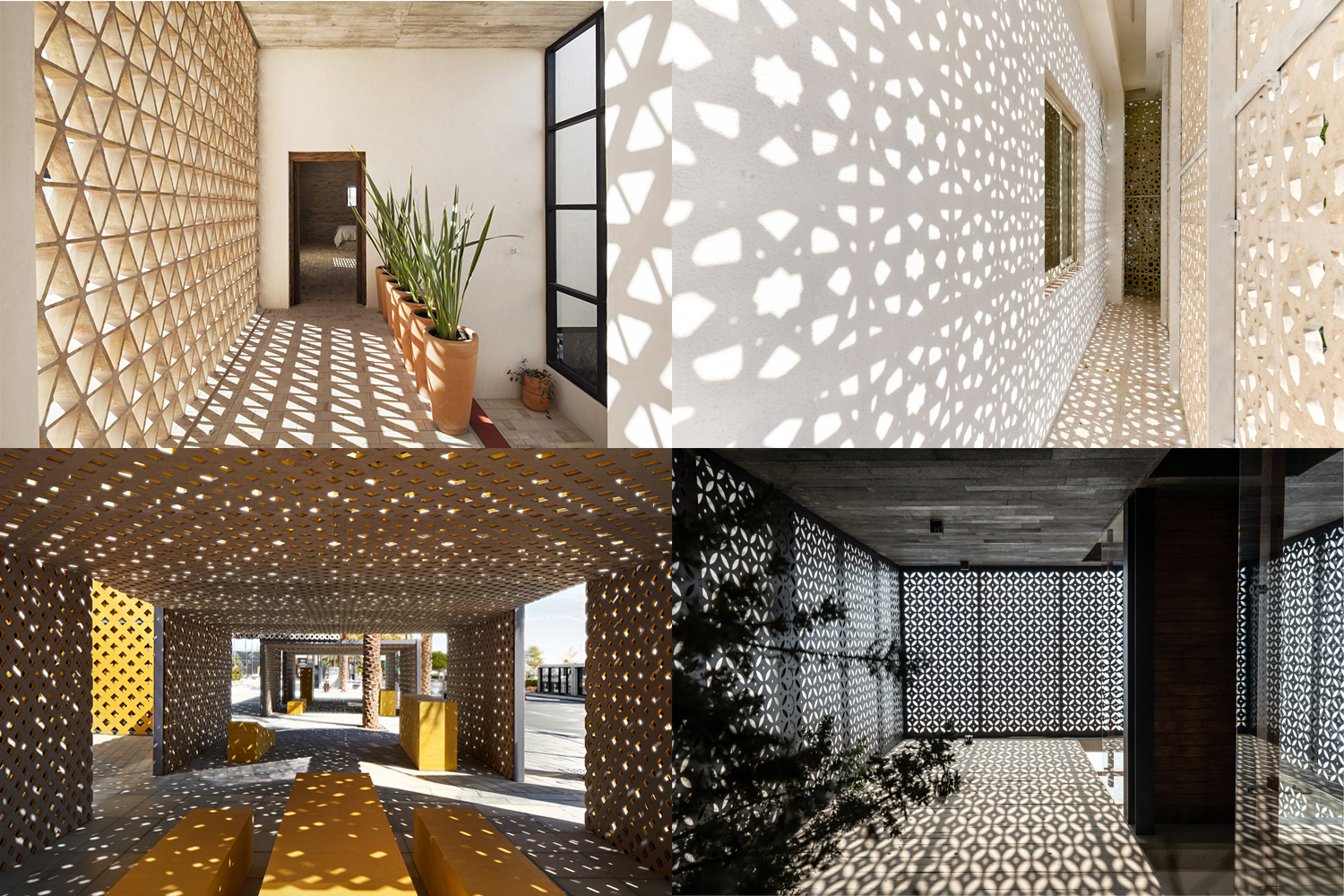In digital fonts, each letter is built according to a geometric formula. But this formula has a different meaning for the function and appearance of the font. In decorative fonts imitating handwriting, spots or strokes, geometry is rejected, and their form seems to be spontaneous. But the most widely used typefaces created from the beginning of letterpress to the present day are clearly calculated and have either humanistic or geometric proportions.
The humanistic construction of the font means that it is based on the handwriting of the humanists of the Renaissance, hence the name. These are beautiful and comfortable-to-read fonts brought to perfection. They have open letters of various widths with a clear difference in the height of the capital and line letters, with inclined axes of flow. In humanistic fonts, geometry only contributes to the improvement of form, without creating specific images. They are convenient for most people and are practically universal. That is why grotesques with humanistic proportions are so often found in mass communications, for example, city navigation.
Click here – What Is A Club Steak?
Geometric construction from scratch, contrary to experience and tradition, is characteristic of the 20th century. The first geometric fonts appeared in the 1920s under the influence of constructivism. All letters were built from simple geometric shapes: circles, squares, and triangles. Most often, these were fonts without notches, or notches were replaced by bars. Today they are called geometric grotesques and geometric bars.
The ideas of scientific progress, standardization, and simplification, inevitably led to the creation of a new typeface. A simple drawing can completely replace the handwritten and word-casting heritage, even the generally accepted outlines of letters (graphemes) can change. For example, rounds O, C, and D can become square, and even the entire font can be built from universal modules. At the same time, the shape of the letters will lose its influence on readability and image. Everything will depend on the shape of the module: arc, polygon, or square. For example, the modular fonts of the era of Star Wars, Terminator and RoboCop, in their non-man-made form, represent a fantastic future, with space flights, intelligent machines and other technologies that have been so admired by people since the middle of the 20th century.
Choosing newspaper fonts works like a time machine. You can transport the viewer to the early Soviet Union (rectangles, sticks, triangles), pre-war Germany (rectangles, circles, arcs), America of the Jazz Age (triangles, circles, thin lines), or the beginning of the computer age (squared letters, pixels, matrices).Geometric grotesques are still relevant today, let’s take at least the Google logo of 2015. The font culture of the 2010s revisits the experience of modernism, reinterpreting it. The fashion for geometric fonts is returning, which, thanks to the high resolution of the screens and the smoothness of the paper, look perfectly accurate, and concise and even readability is preserved. Such fonts are well suited to the tasks of global corporations, mass media, and even big politics.
Click here – What Is A Ladybug Raid?
Summary
Geometry reflects life values: from respect for human characteristics (Humanist fonts) through aesthetic experiments (Geometric fonts) to fascination with futuristic machines (Modular fonts).

